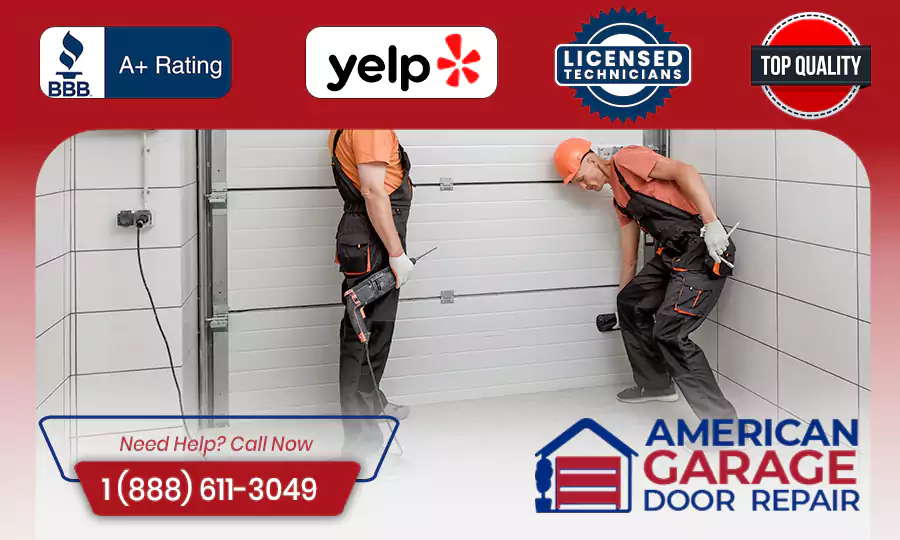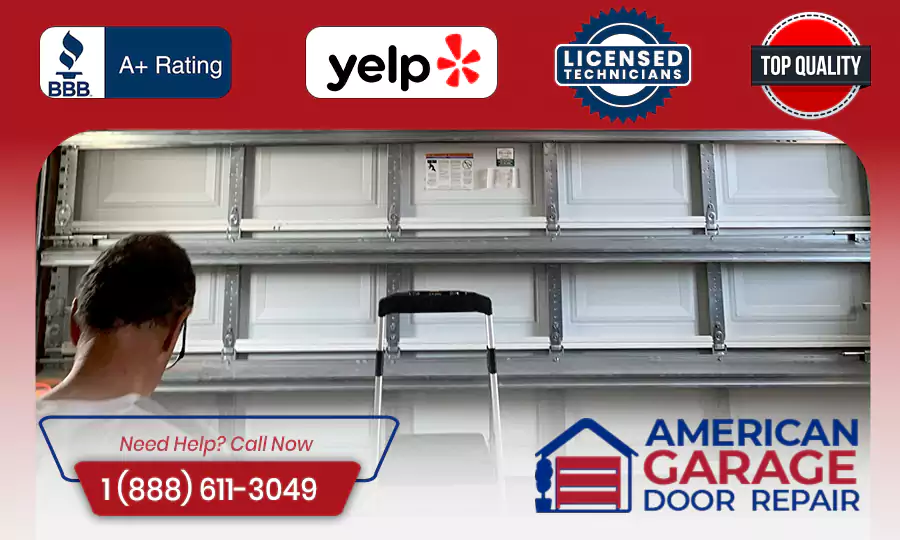Los Angeles, California
 Reviews
Reviews
 (50+)
(50+)
Garage doors ensure your safety at home and make moving things in and out easier. However, they won’t open if the springs are broken, the power is out, or some internal part is damaged. You have to know that how to open your garage door manually that will make repairs risk-free and straightforward.
This guide will show you how to operate the garage door manually and use the Emergency Garage Door release. If power is gone or you need to take care of the garage door by hand, you can use these steps.
Before learning how to operate your manual garage door release cord, it's important to know these fundamental components of your garage door system:
| Component | Function |
|---|---|
| Torsion or Extension Springs | Springs distribute the garage door’s weight which makes it easier to operate whether you do it manually or with a machine. |
| Garage Door Opener Motor | You can use a remote or wall button to have the motor move the garage door for you automatically. |
| Locking Mechanism | Without the lock, the garage door might be left open. |
| Tracks and Rollers | Tracks and rollers allow the garage door to move up or down the frame quietly and easily. |
| Emergency Garage Door Release Cord | A cord or handle lets you disconnect the motor so you can open the garage door by yourself. |
Knowing these components helps when manually operating the garage door during a power failure or mechanical issue.
You may need to operate your garage door manually for a number of common reasons:
When it comes to manually operating your garage door, safety comes first. Before you continue, keep in mind:
Use these precautions to operate your garage door safely if you must open it during a power outage:
Make sure the garage door is completely closed before you begin. If the garage door is open then that is not safe to unlock the opener.
Look for a red rope hanging from the Garage Opener inside. This cable is used for emergency releases.

Gently pull the cable to prevent the door from bouncing or moving quickly. This allows you to manually open the door by turning off the opener.
Now, take hold of the door's handle or bottom and raise it by yourself. The door's springs assist keep it from becoming overly heavy. Ask someone to help you if it feels too heavy.
If the door won’t keep its position open, hold it up with a strong object to keep it safe from falling.
After the power is back on, tug the release cord towards the door to activate the opener and make sure that the opener works automatically.
The garage door is typically heavy and difficult to lift due to a damaged spring. When the spring is broken, follow these safe manual garage door operating instructions:
| Problem | Cause | Solution |
|---|---|---|
| The door won’t lift manually | Damaged cables or springs | Contact a qualified repair company. |
| Manual release cord not reachable | Problems with the cord or opener | Review the instructions or examine the opener. |
| The door is too heavy to lift | Insufficient spring tension | Don't push; call a professional instead. |
| The door does not stay open | The locking mechanism is damaged or missing. | Set up repairs and use temporary props. |
| Scenario | Action Steps |
|---|---|
| Power Outage | Pull emergency release cord → Lift door manually → Secure open → Re-engage opener after power |
| Broken Spring | Disengage opener → Get help lifting the door → Prop open safely → Call a professional |
| Locked Out (Manual External Release) | Use external lock key → Pull manual release cable → Lift door by hand → Secure door |

Having the skill to open your garage door by hand becomes necessary when the power fails, your remote stops operating or some of its parts break. Usually, the red emergency cord allows you to safely open the garage door, so you can enter and keep your items stored safely.
DIY garage door openers work fine for some time, but if internal parts are broken, you should have professionals fix them for you. Once you learn to open the garage door manually, you won’t be afraid to try it, even when using the remote isn’t an option.